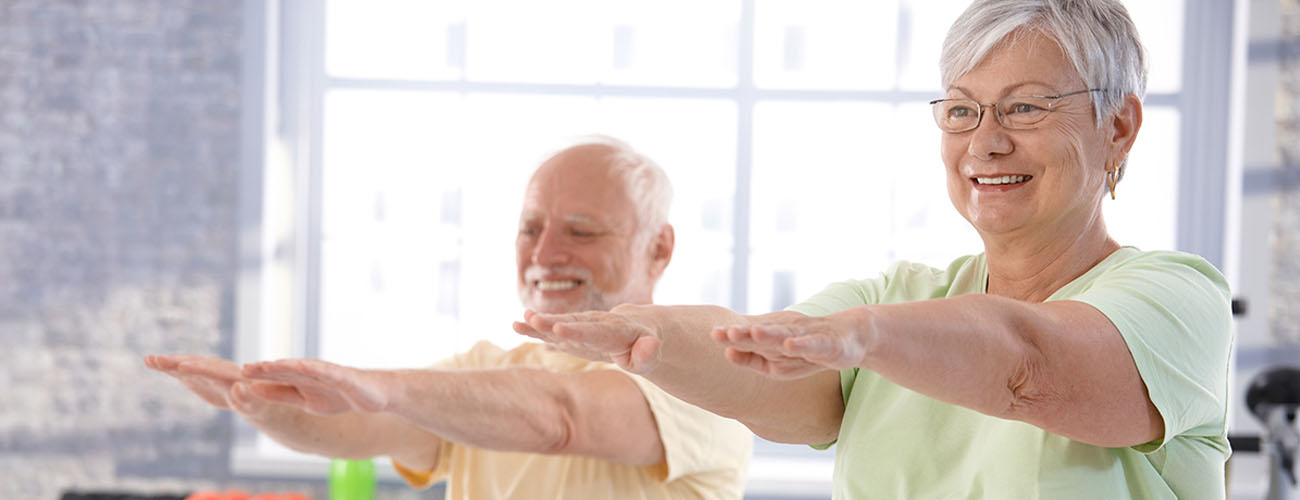As people get older, they are more at risk of having a fall due to a combination of reduced strength, balance, reflexes, mobility along with deteriorating eyesight and hearing. Falling over can cause serious ongoing issues for older people. Broken bones and other serious complications require hospitalisation and can lead to continuing health issues as well contributing to a lack of confidence and reduced quality of life.
Daniel Parker is an exercise physiologist who developed a light exercise program called the Still Standing Program to help older people reduce their risk of falling over by improving their strength, balance and general mobility. This free 12-week program is funded by the Western Sydney Primary Health Network and is held in community centres in Mount Druitt and Blacktown. The success of this program has meant that it will be rolled out in Castle Hill and Doonside this year.
Before starting the Still Standing program, each person has an initial assessment to determine if they are experiencing any mobility, strength or balance issues. At the end of the program there is a final assessment that is sent on to the participant’s GP to keep them up to date with their progress.
People enrolled in the Still Standing Program meet weekly to exercise in a circuit format with a variety of activities arranged around the room. It’s a fun atmosphere with music played in the background and some of the participants like to sing along and chat as they do their exercises.
At the end of the class there is plenty of chat over a cuppa and the opportunity to meet new people and make new friends, which has proved to be a bonus for people attending the course. Each participant receives their own set of exercise bands and a program so they can continue the exercises at home.
The program began in 2017 and the results of participants has been very impressive. Attendees classified as low risk of falling increased from 15% to 62% with 42% of course attendees demonstrating an increase in leg strength and on average, a 46% improvement in balance was recorded. Overall, the average mobility of participants improved by 21% and their average functionality improved by 20%.
Daniel has received positive feedback from course participants who found that after they finished the course were able to catch themselves before falling. They also reported that they found it much easier getting upstairs. Most people commented that the classes were fun and friendly, and they looked forward to attending each week. Others found the exercises were easy to incorporate into their daily routine and that their confidence increased. Many of the course attendees are now walking further and are more aware of their surroundings when they go out.
For more information on the benefits of the Still Standing Program for your patients, visit the New Edge Performance website.
This information is correct at the time of publishing on 21 April 2022.
